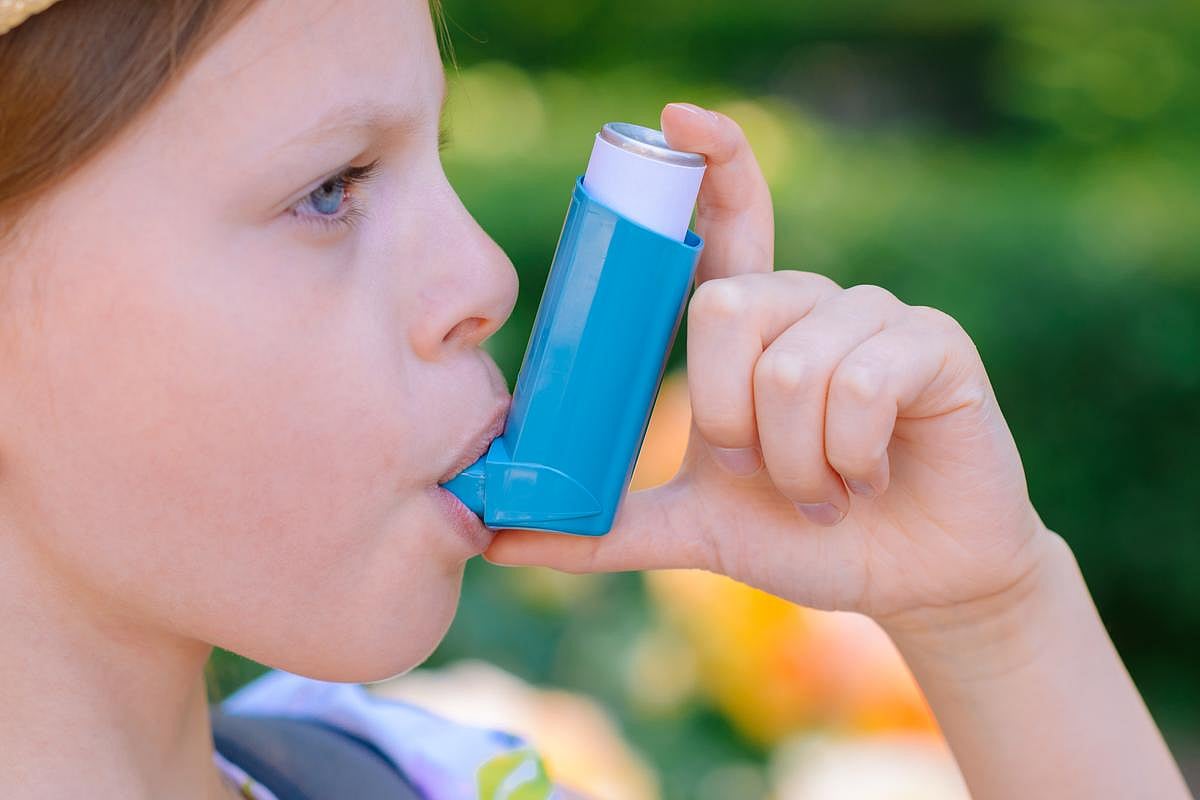Get Healthy!

- Posted August 12, 2025
Drivers Of Childhood Asthma More Complex Than Thought
Asthma flare-ups in children might be more complicated than previously thought, with hidden forces combining to restrict their airways, a new study says.
About 50% to 60% of children with severe asthma have a type called eosinophilic asthma, which are driven by white blood cells called eosinophils.
Treatment of eosinophilic asthma typically involves quelling type 2 (T2) inflammation, an immune response that promotes the production and activation of eosinophils, researchers said in background notes.
But some children continue to have asthma attacks even with targeted T2 inflammation therapies, suggesting that other factors are at play, said researcher Dr. Rajesh Kumar, interim division head of allergy and immunology at Ann & Robert H. Lurie Children’s Hospital of Chicago.
Now, a new trial has identified three distinct drivers of asthma flare-ups in children with eosinophilic asthma, according to findings published recently in JAMA Pediatrics.
“There are multiple different types of inflammatory responses that are involved in exacerbations, and they're driving exacerbations differentially based on whether patients have a virus or are taking drugs to block different parts of the inflammatory response,” Kumar said.
For the study, researchers analyzed data gathered by a randomized clinical trial testing an injectable drug called mepolizumab, a biologic therapy that targets T2 inflammation.
During the clinical trial, 290 children with asthma were treated either with mepolizumab or a placebo for a full year, receiving a monthly injection.
Of the participants, 108 children experienced 176 asthma attacks during the trial. Nasal samples were gathered during these attacks, and researchers performed genetic analysis on the samples to figure out what drove them.
Kids on mepolizumab experienced decreased expression of eosinophils associated with T2 inflammation, trial results show. However, some children kept having asthma attacks despite this response.
From the samples, researchers identified three distinct drivers of asthma attacks outside of eosinophils:
Inflammation of the inner lining of the airways by factors other than eosinophils, which was increased in children receiving mepolizumab.
Macrophage-driven inflammation, caused by hunter-killer white blood cells and directly linked to viral respiratory diseases.
Mucus hypersecretion and cell stress responses that became elevated during asthma flare-ups in both the treatment and placebo groups.
“We found that children who still exacerbated on the drug had less of this allergic type of inflammation, but they had other residual epithelial pathways which were driving some of that inflammatory response that was involved in exacerbation,” Kumar said.
These observations could lead to better multi-pronged approaches to treating childhood asthma, he said.
“This study gives us a better understanding of what results in persistent exacerbations and opens up the potential for new therapies or combinations of therapies based upon that,” Kumar said.
More information
The Asthma and Allergy Foundation of America has more on eosinophilic asthma.
SOURCE: Ann & Robert H. Lurie Children’s Hospital of Chicago, news release, Aug. 4, 2025





